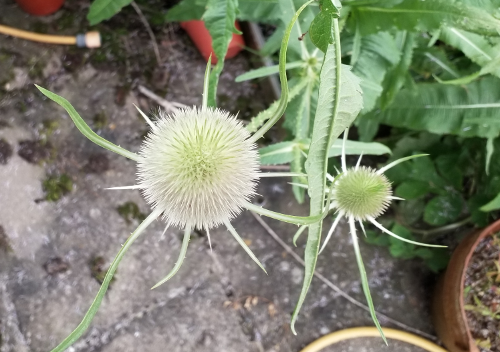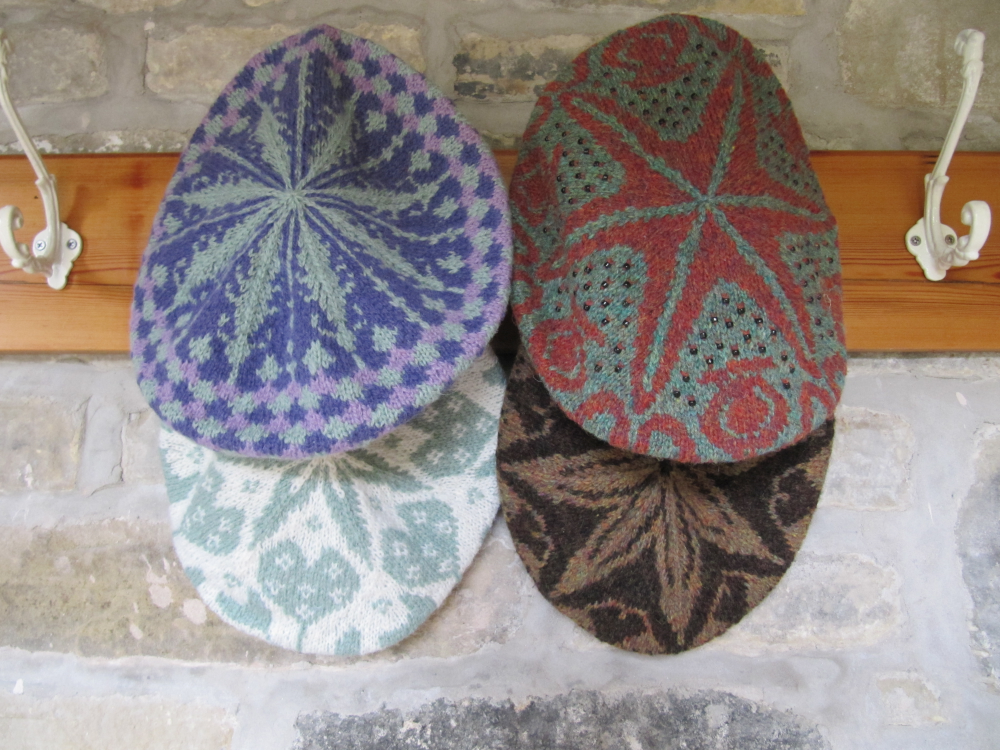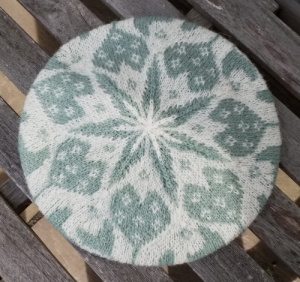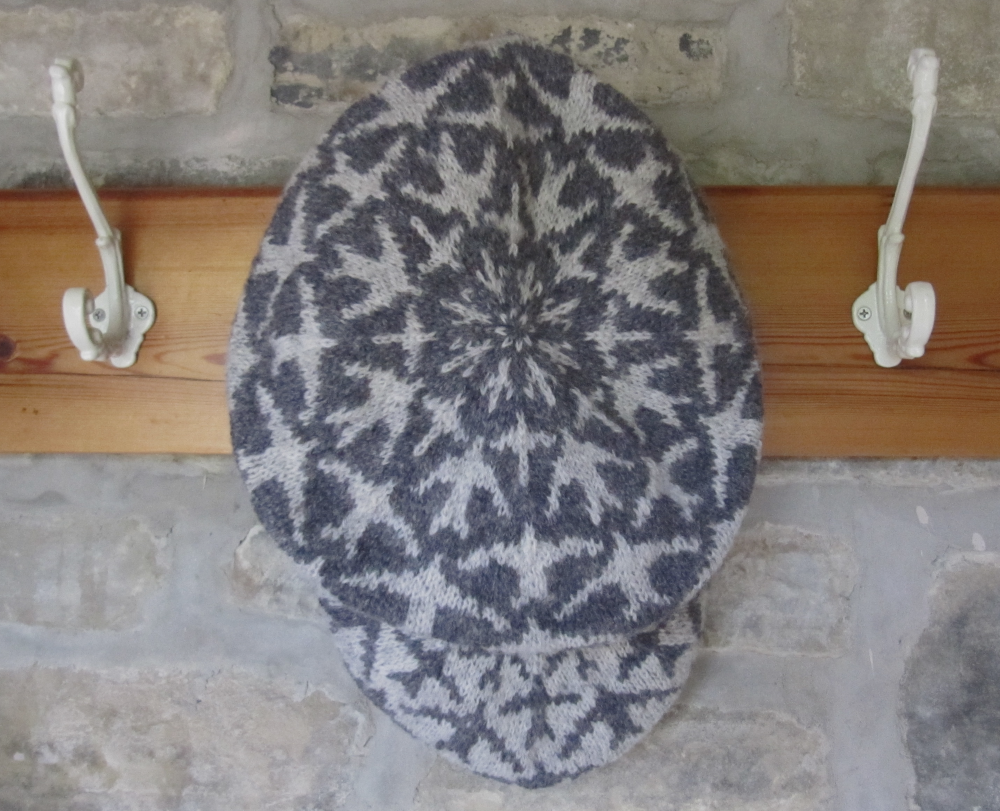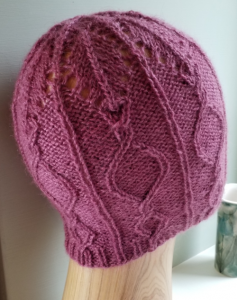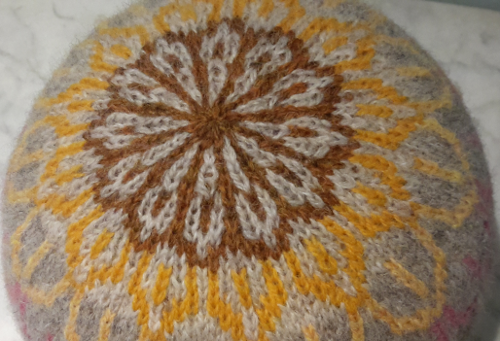
Today I have published two new free patterns. They are part of my ongoing quest to find useful things to knit from leftover sock yarn. Both can be knit in plain, self-patterning or self-striping yarns, or you can create your own unique stripes from scraps or mini-skein sets.
Fingerless Sock Yarn Mittens
These full mittens can be made in any sock yarn, leftover scraps are ideal for striping or colour blocking. It is written to fit child (8-12yrs) (teen, small adult, medium adult). Finished sizes (palm circumference) 16 (19, 21, 23.5) cm / 6½” (7 ½”, 8 ½”, 9 ½”). The samples shown are all sized for a teen/small adult. The pattern can be easily adapted to fit larger hands.
The mittens are knitted finger-tip to cuff on circular needles/DPNs, and feature a gusseted thumb and a ribbed cuff.



The samples shown were knit in West Yorkshire Spinners Signature 4ply: Fingering/4ply; 400 m / 460 yds in 100 g / 3.53 oz; shown in Zara’s Rainbow (stripes) and Woodland Awakening (variegated); and in Debbie Bliss Rialto Luxury Sock; Fingering/4ply; 400 m / 460 yds in 100 g / 3.53 oz; shown in Coachella.
The pattern features lots of ideas for you to create unique mittens. It has been tech edited but not test knit, except by me.
The pattern is free to download from the Granary Knits Ravelry Store, and also free (with the option to pay a little if you want) from the Granary Knits Payhip Store.
Sock Yarn Beanie
This beanie can be made in any size, from newborn to adult, and is knit in the round from the crown down to the brim. There are two options for the crown: knotted I-cord or a plain flat circle; and two options for the brim, either rolled or ribbed.
The samples shown were knit in West Yorkshire Spinners Signature 4ply shown in Zara’s Rainbow (stripes); Regia 4-fadig in a discontinued self-patterning shade; A Little Bit Sheepish graduated hand-dyed mini-skein set in shades of purple.



Sizes given are for Newborn, 6 mths, Toddler/Child, Teen, Adult, Large Adult (head circumference 35 cm / 14”, 40 cm / 16”, 44.5 cm / 18”, 52 cm / 20 ¾”, 54 cm / 21 ½”, 59 cm / 22 ½”.
The pattern features lots of ideas for you to create unique beanies. It has been tech edited but not test knit, except by me.
The pattern is free to download from the Granary Knits Ravelry Store, and also free (with the option to pay a little if you want) from the Granary Knits Payhip Store.
















